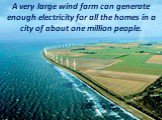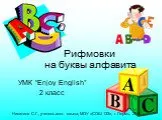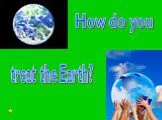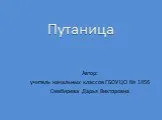Презентация "Producing electricity" по английскому языку – проект, доклад
Презентацию на тему "Producing electricity" можно скачать абсолютно бесплатно на нашем сайте. Предмет проекта: Английский язык. Красочные слайды и иллюстрации помогут вам заинтересовать своих одноклассников или аудиторию. Для просмотра содержимого воспользуйтесь плеером, или если вы хотите скачать доклад - нажмите на соответствующий текст под плеером. Презентация содержит 18 слайд(ов).
Слайды презентации
Советы как сделать хороший доклад презентации или проекта
- Постарайтесь вовлечь аудиторию в рассказ, настройте взаимодействие с аудиторией с помощью наводящих вопросов, игровой части, не бойтесь пошутить и искренне улыбнуться (где это уместно).
- Старайтесь объяснять слайд своими словами, добавлять дополнительные интересные факты, не нужно просто читать информацию со слайдов, ее аудитория может прочитать и сама.
- Не нужно перегружать слайды Вашего проекта текстовыми блоками, больше иллюстраций и минимум текста позволят лучше донести информацию и привлечь внимание. На слайде должна быть только ключевая информация, остальное лучше рассказать слушателям устно.
- Текст должен быть хорошо читаемым, иначе аудитория не сможет увидеть подаваемую информацию, будет сильно отвлекаться от рассказа, пытаясь хоть что-то разобрать, или вовсе утратит весь интерес. Для этого нужно правильно подобрать шрифт, учитывая, где и как будет происходить трансляция презентации, а также правильно подобрать сочетание фона и текста.
- Важно провести репетицию Вашего доклада, продумать, как Вы поздороваетесь с аудиторией, что скажете первым, как закончите презентацию. Все приходит с опытом.
- Правильно подберите наряд, т.к. одежда докладчика также играет большую роль в восприятии его выступления.
- Старайтесь говорить уверенно, плавно и связно.
- Старайтесь получить удовольствие от выступления, тогда Вы сможете быть более непринужденным и будете меньше волноваться.
Информация о презентации
Дата добавления:14 сентября 2014
Категория:Английский язык
Автор презентации:Мозговенко Ольга Петровна, учитель английского языка
Содержит:18 слайд(ов)
Поделись с друзьями:
Скачать презентацию








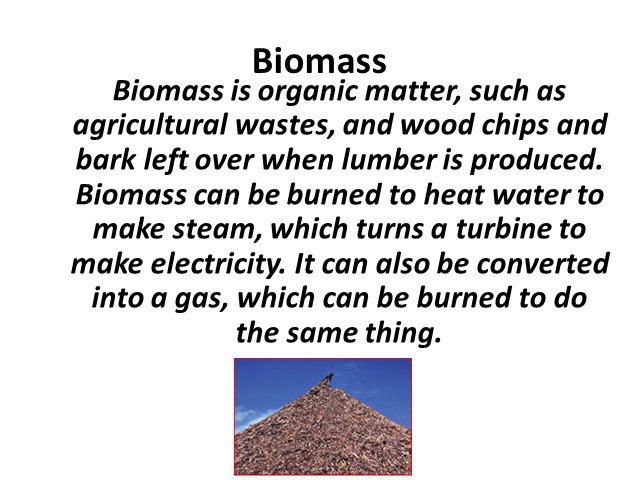


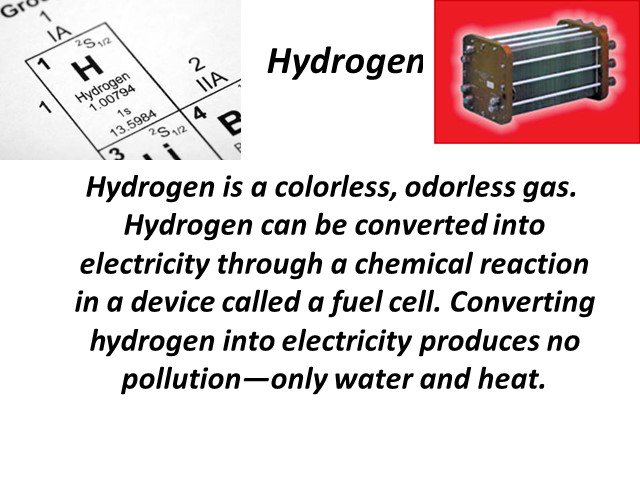
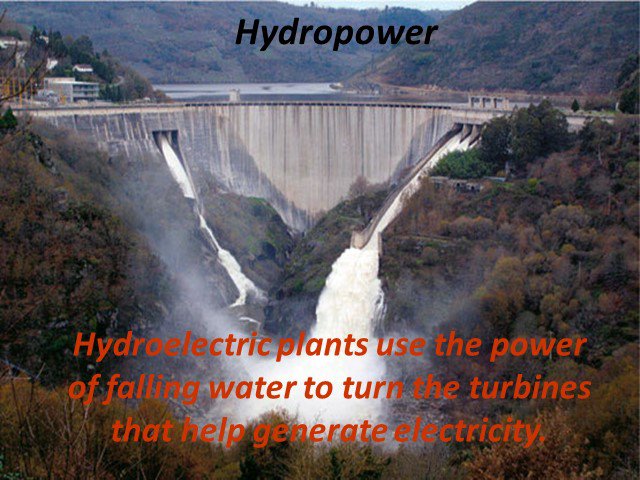
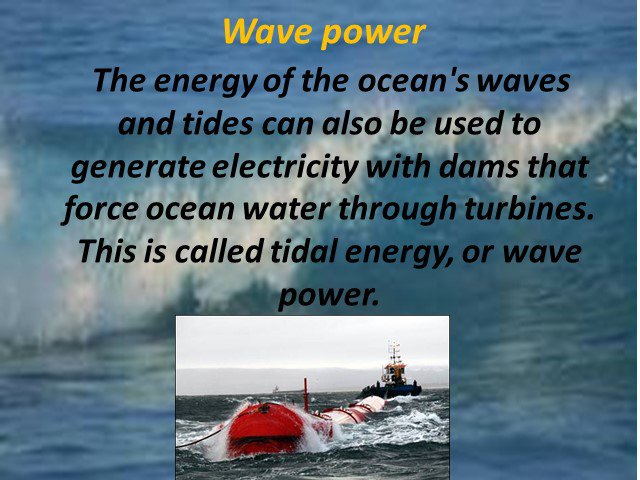
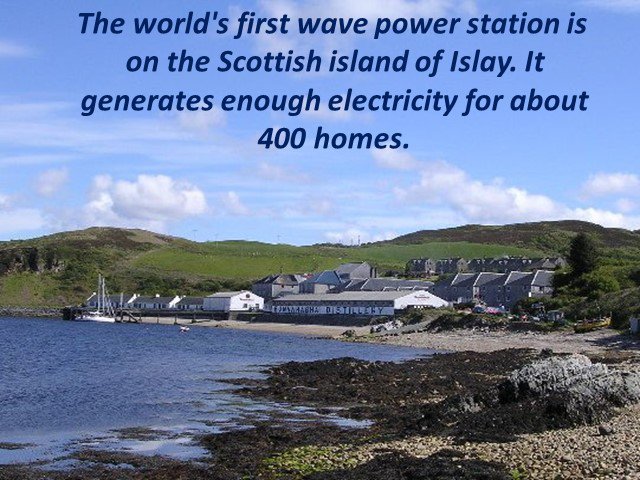
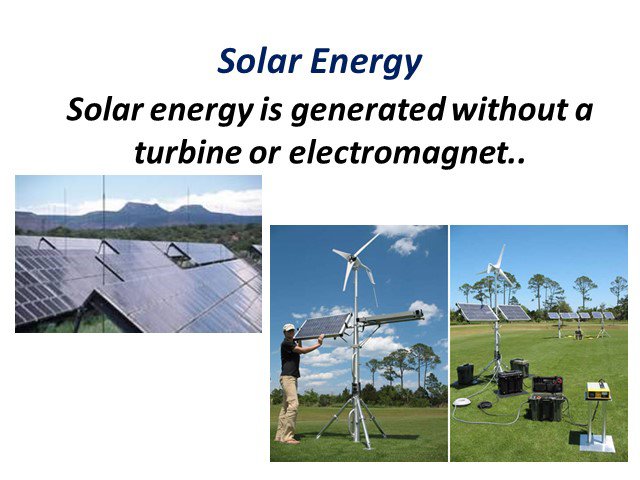
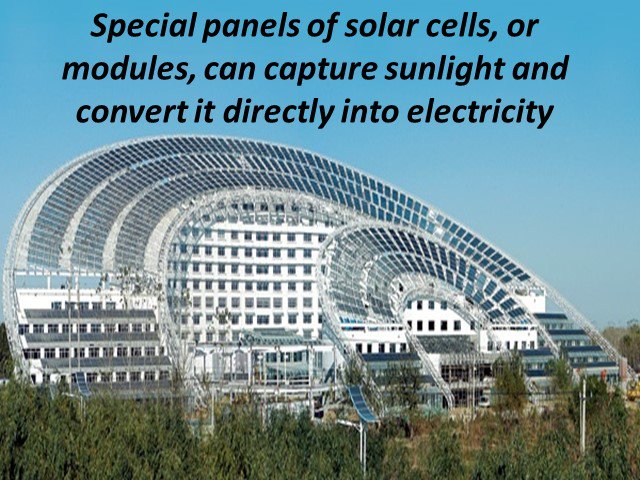
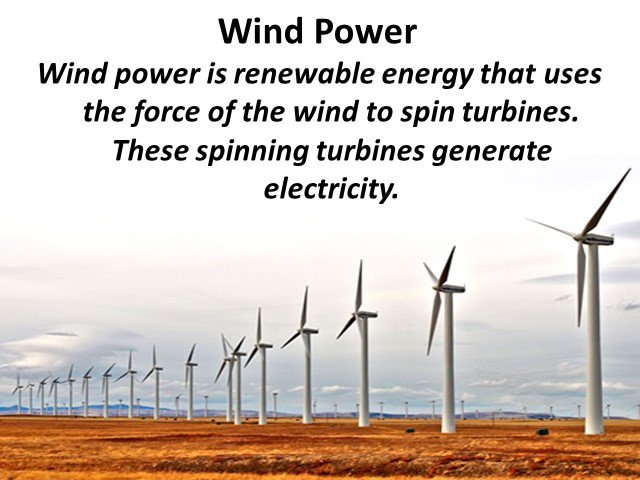




![The majority of electricity used in the world is generated at power plants that burn fossil fuels to heat water and make steam. The steam is highly pressurized and directed at turbine ['tɜbaɪn] blades to make them spin. The majority of electricity used in the world is generated at power plants that burn fossil fuels to heat water and make steam. The steam is highly pressurized and directed at turbine ['tɜbaɪn] blades to make them spin.](https://prezentacii.org/upload/cloud/14/09/2992/images/thumbs/screen4.jpg)













